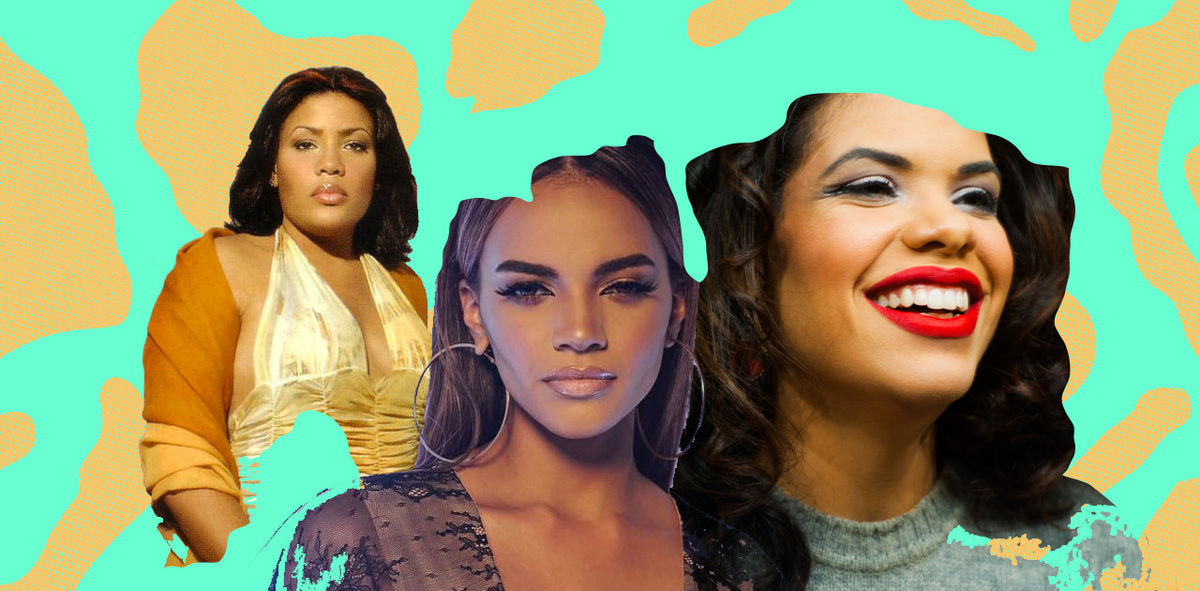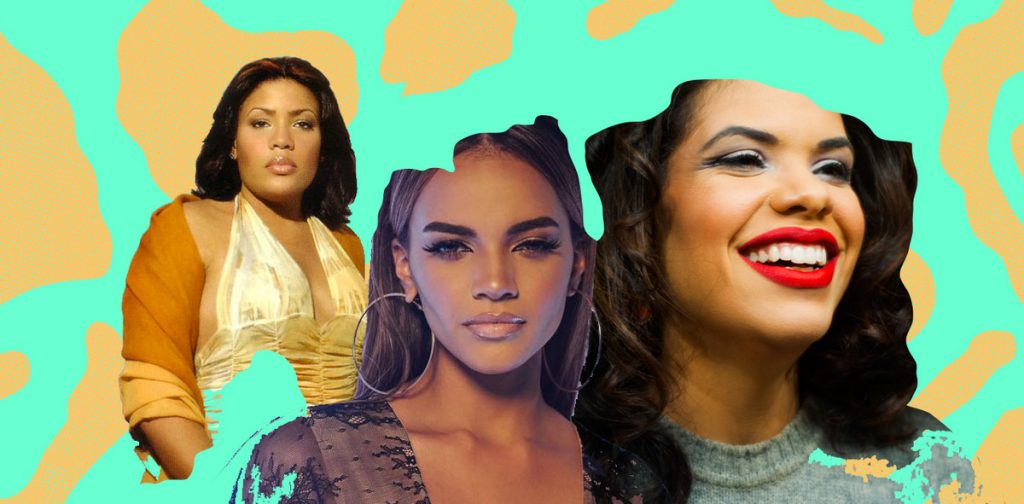Think of your favorite bachata artist. Chances are, they’re a man. And while there’s no shame in loving bachata darlings like Romeo Santos or Prince Royce, how many of us can confidently name women in bachata as easily as we can recall their male counterparts?
If you find yourself in that category, you’re not alone. Plenty of us — myself included — listened without noticing the disparity in the genre at first. And it’s easy to see why: with lyrics already so invested in women, music videos starring women, and audiences full of women, it’s not a far cry to say that modern bachata is indeed made with our existence in mind. Together, these examples can make it seem as though representation already exists.
Yet this “representation” is flimsy, with women often playing a supporting role in the success of bachateros. Bachata still has a history of excluding women where it matters most: Women are scarce on stage, in the studio, and on streaming services when it comes to bachata. So while bachateros sing all about the perils of heartache, desire, or devotion to women, we rarely get to hear these themes from a woman’s perspective.
It hasn’t always been easy for women to emerge in the male-dominated genre, and even today, there are very few popular bachateras still making music. But each one of the women on this list have played a part in changing that reality. Get to know them below.
1
Alexandra Cabrera de la Cruz
If you’re a bachata head, you probably already recognize Cabrera de la Cruz — otherwise known as “La Reina de la Bachata” — for her work as part of the internationally acclaimed bachata duo, Monchy & Alexandra. Back in the late ‘90s, she was recruited to join forces with Monchy for what would become one of the most popular bachatero/a pairs in Dominican history, but what many may not realize is that after their split in 2008, Alexandra struck out on her own. While she recently joined forced with Monchy in concert, she’s still making music under her own mononym, Alexandra. Her glassy voice is one of the few belonging to a popular bachatera today, and it doesn’t look like she plans on going anywhere any time soon.
2
Andre Veloz
She may be the newest bachatera on this list, but that hasn’t stopped this Bronx-based Dominicana from already stirring up a storm in the genre. Andre Veloz paints fresh stories of feminine independence in bachata with her lyrics, rarely leaning on its traditional tenets of heartache and desire. Her hit single, “Eta Que Ta’ Aqui,” is just one example. The track begins with a skit where she puts her defiance on display: ¡No, yo no voy! she says, before launching into all the reasons why she’s staying home instead of going out. While lighthearted, it also serves as reason enough to root for her: bachata can use a liberated feminist perspective or two.
3
Aridia Ventura
Aridia Ventura is one of bachata’s earliest women, and therefore an artist for history books to remember. She began recording in Santo Domingo in 1975 at the age of 26, where she quickly developed a name for herself as la verduga, or, the torturer. A dramatic name, yes — and all because many of her songs condemned her lovers’ infidelity during a time where only bachateros were expected to do as much. While Ventura has since passed away, her throaty, ranchera-tinged laments remain gripping among a sea of male falsettos to this day.
4
Leslie Grace
The Bronx-born, Florida raised Leslie Grace first made waves in 2012 with a cover of The Shirelles’ 1961 hit, “Will You Still Love Me Tomorrow” — only in Grace’s rendition, the track was bilingual and set over a bachata arrangement. Her contribution came at a time when bachata’s second popular wave was well underway, with acts like Aventura and Prince Royce sweeping the scene. For Grace, who was born to Dominican parents, the confluence of two classics — a No. 1 R&B track and the rhythm of her youth — seemed like the perfect way to break in as a young woman. This melding of influences continues to inform her work as of late, as she continues to align her bachata tracks with everything from R&B to K-pop (I know. Porque no los dos, am I right?).
5
Melida Rodriguez
We end this list with where it all begins for women in bachata. Melida Rodriguez is known as the very first bachatera to record her music in 1962. She wrote, composed, and performed her own songs during bachata’s genesis in the Dominican Republic, setting the groundwork for artists like the aforementioned Aridia Ventura to emerge in the genre. As Ventura did, Rodriguez sang often about her lover’s betrayals. In what is a notorious instance of despecho, “La sufrida” sees her declaring her resolution to be “bad” so long as her lovers continue to be unfaithful all while she has been loyal. It is memorable, subversive, and an impressive perspective to still listen to today.




